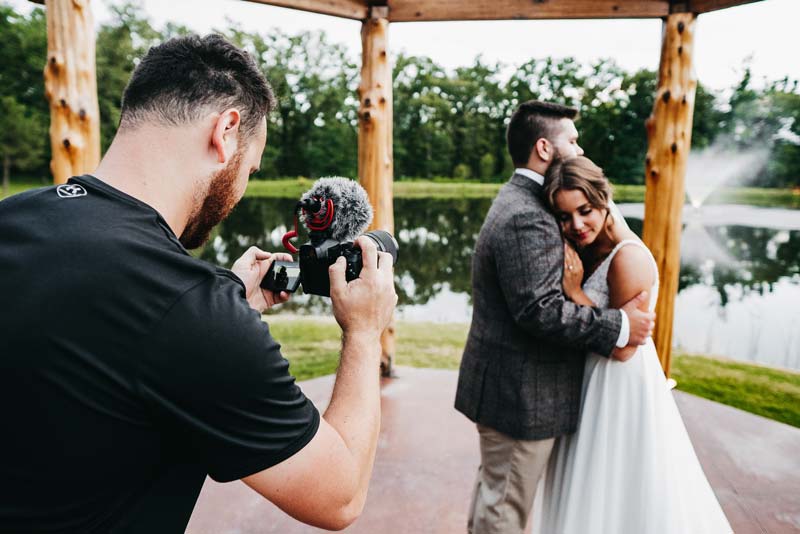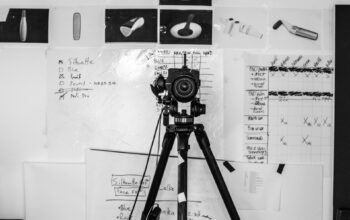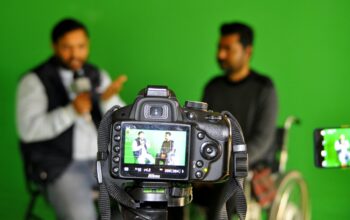
Camera movement is an essential tool for directors and cinematographers to immerse audiences in the cinematic experience. From subtle pans to dynamic tracking shots, the way a camera moves can significantly impact the storytelling process and elevate the visual quality of a film.
1. Plan Your Shots
Before stepping onto the set, meticulously plan your shots to align with the narrative arc and emotional beats of the story. Consider the purpose of each shot and how camera movement can enhance its impact. Whether it’s a slow, graceful crane shot or a rapid handheld movement, every camera movement should serve a purpose in advancing the narrative.
2. Master the Basics
Understanding the fundamental techniques of camera movement is crucial for executing smooth and polished shots. Familiarize yourself with essential movements such as pans, tilts, zooms, dollies, and tracking shots. Practice precision and control to achieve seamless transitions between different types of movement.
3. Use Movement to Create Visual Interest
Dynamic camera movement can inject energy and excitement into a scene, keeping viewers visually engaged and immersed in the storytelling. Experiment with unconventional angles, perspectives, and trajectories to add visual flair and intrigue to your shots. Whether it’s a sweeping crane shot or a dramatic low-angle tilt, creative camera movement can transform ordinary scenes into cinematic spectacles.
4. Embrace Fluidity and Flexibility
Flexibility is key when it comes to executing complex camera movements on set. Be prepared to adapt your plans on the fly to accommodate changes in lighting, blocking, or actor performance. Maintain open communication with your team and be willing to collaborate to achieve the desired visual outcome. Embrace spontaneity and allow room for improvisation that can elevate the overall quality of the footage.
5. Pay Attention to Composition
Effective camera movement goes hand in hand with thoughtful composition to create visually striking and aesthetically pleasing shots. Consider the rule of thirds, leading lines, and framing techniques to compose each shot with purpose and intention. Use movement to dynamically frame subjects within the frame and draw attention to key elements.
6. Control the Pace and Rhythm
Experiment with different speeds, accelerations, and decelerations to enhance the storytelling experience. Slow, deliberate movements can create a sense of tension and anticipation, while rapid, frenetic movements can convey chaos and urgency. Use pacing to manipulate the audience’s perception of time and space.
7. Consider Narrative Functionality
Consider how camera movement can convey character emotions, relationships, and motivations without relying solely on dialogue or exposition. Use movement to reveal information gradually, building suspense and intrigue as the story unfolds. Integrate camera movement seamlessly with other cinematic elements such as sound design, editing, and production design to create a cohesive storytelling experience.
8. Experiment with Camera Techniques
Don’t be afraid to push the boundaries and experiment with unconventional camera techniques to achieve unique and innovative visual effects. Explore techniques such as handheld camerawork, steadicam shots, and drone cinematography to add dynamism to your footage. Mix and match different techniques to create a diverse visual palette that keeps viewers engaged and surprised.
Conclusion
Effective camera movement is a powerful tool for filmmakers to create cinematic magic and captivate audiences with compelling visual storytelling. By planning your shots thoughtfully, mastering the basics, and embracing creativity and experimentation, you can harness the full potential of camera movement to elevate your video production to new heights!


